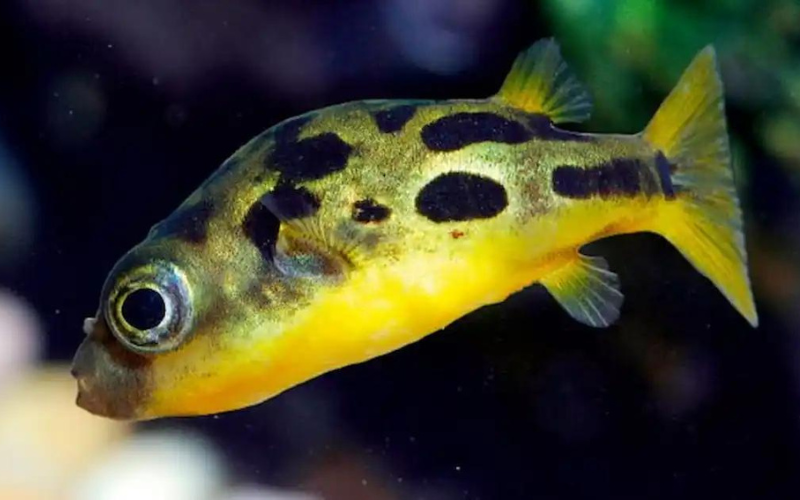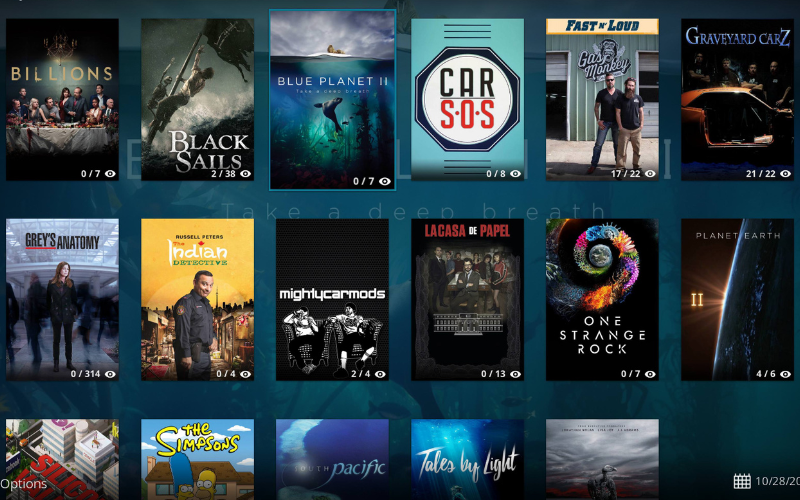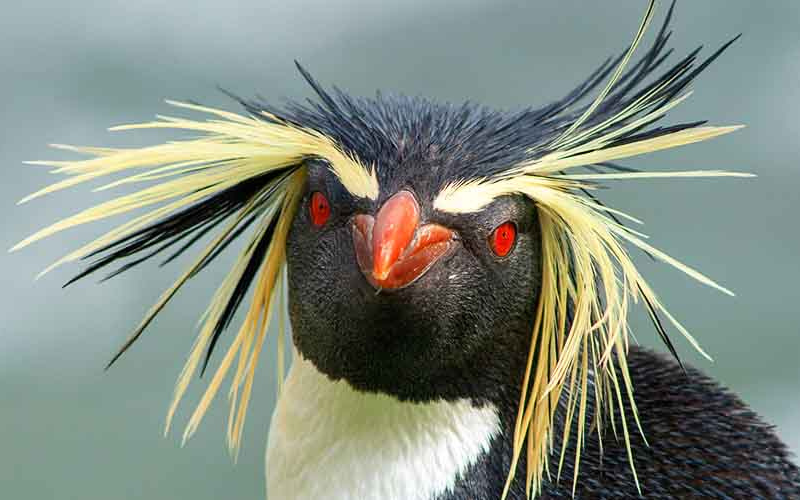The Bumblebee Puffer (Carinotetraodon travancoricus) is a captivating freshwater fish that captivates aquarists with its vibrant appearance and lively demeanor. Known for its striking resemblance to a bumblebee due to its alternating black and yellow stripes, this diminutive puffer fish, typically reaching a size of 1 to 1.5 inches (2.5 to 3.8 cm), exudes charm and personality despite its small stature. Originating from the rivers and streams of South Asia, these puffers display an inquisitive nature, often exploring their surroundings and showcasing engaging behaviors within a well-structured aquarium habitat. Their endearing appearance and active disposition make them a popular choice among fish enthusiasts seeking an intriguing addition to their aquatic communities.
Introduction to Bumblebee Puffer Fish
Bumblebee Puffer Fish, scientifically known as Carinotetraodon travancoricus, are captivating freshwater fish that have gained popularity among aquarists for their vibrant appearance and intriguing behavior. Originating from the rivers and streams of South Asia, these small, but charismatic, puffers exhibit unique characteristics that make them an attractive choice for fish enthusiasts.
Physical Appearance
One of the defining features of Bumblebee Puffer Fish is their striking appearance. Their bodies are adorned with alternating black and yellow stripes, resembling the pattern of a bumblebee, hence their name. Typically, they reach a size of around 1 to 1.5 inches (2.5 to 3.8 cm), making them a relatively small species among puffer fish.
Aquarium Setup and Habitat
Creating an ideal environment for Bumblebee Puffers is crucial for their well-being. A tank size of at least 10 gallons is recommended for a small group of these fish. The aquarium should be well-filtered with regular water changes to maintain optimal water quality. They prefer densely planted tanks with hiding spots created by driftwood, rocks, or caves. Ensuring a smooth substrate is also essential as these fish tend to sift through sand in search of food.
Water Conditions and Temperature
Maintaining suitable water parameters is vital for the health of Bumblebee Puffers. They thrive in slightly acidic to neutral water with a pH range of 6.8 to 7.5. The water temperature should be kept between 75°F to 82°F (24°C to 28°C). Investing in a reliable water heater and thermometer is recommended to monitor and regulate these conditions consistently.
Diet and Feeding Habits
Bumblebee Puffer Fish are carnivorous and primarily feed on small invertebrates and snails in their natural habitat. In captivity, their diet can consist of frozen or live foods such as bloodworms, brine shrimp, snails, and small crustaceans. Offering a varied diet ensures they receive essential nutrients and prevents dietary deficiencies.
Behavior and Compatibility
Despite their small size, Bumblebee Puffers are known for their spunky personalities. They can be territorial and may display aggression, especially towards their own species or similar-looking fish. It’s advisable to keep them in a species-only tank or with compatible, non-aggressive tank mates like small tetras or peaceful bottom-dwellers.
Health and Common Issues
Maintaining excellent water quality is crucial in preventing health issues like bacterial infections or parasitic infestations in Bumblebee Puffers. Watch out for signs of illness such as loss of appetite, abnormal swimming patterns, or discoloration, and promptly address any concerns by consulting with a qualified aquatic veterinarian.
Breeding
Breeding Bumblebee Puffers in captivity can be challenging due to their aggressive nature and specific breeding requirements. Creating separate breeding tanks and providing optimal conditions, including suitable water parameters and ample hiding spaces, can encourage breeding behavior. However, successful breeding may require expertise and patience.
Conclusion
Bumblebee Puffer Fish are fascinating and colorful additions to freshwater aquariums, captivating hobbyists with their unique appearance and behavior. Providing a suitable habitat, maintaining water quality, and offering a diverse diet are essential for their well-being. Understanding their behaviors and preferences is key to ensuring a thriving environment for these delightful fish in your aquarium setup.




